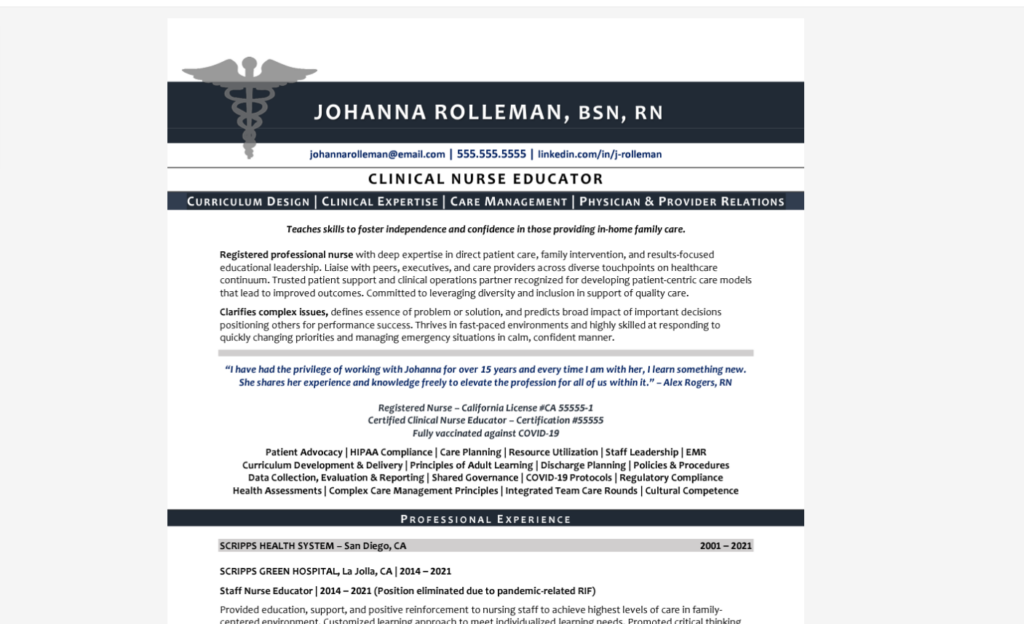Resume Writing Strategies for Women: Overcoming Gender Bias and Finding Your Voice
When it comes to crafting a resume, the goal is to present your skills and experience in a way that highlights your value. However, there is an added layer of complexity for women: addressing potential gender bias in the hiring process. Despite advances in gender equality, bias still exists, and it can manifest subtly, even in how resumes are perceived. By understanding these biases and utilizing effective strategies, women can write resumes that reflect their true capabilities, stand out from the competition, and project confidence.
Understanding Gender Bias in Resumes
Gender bias in hiring is often unconscious, but it can significantly impact a woman’s chances of landing an interview. Studies have shown that resumes with traditionally feminine names receive fewer callbacks than those with masculine names, even when the qualifications are identical. Additionally, certain language choices can reinforce stereotypes that paint women as less assertive or capable than men.
To combat this, women must be aware of the potential for bias and take proactive steps to minimize it. This doesn’t mean changing who you are but being strategic about how you present yourself on paper. A resume should reflect your professional identity, free from the constraints of outdated gender norms.
The Power of Language: Masculine vs. Feminine Language
One of the most important aspects of addressing gender bias in your resume is understanding the difference between masculine and feminine language. Masculine language is typically assertive and direct and focuses on achievements and leadership. Words like “led,” “executed,” and “delivered” are common in resumes that use masculine language. In contrast, feminine language tends to be more collaborative, supportive, and people-oriented, using words like “helped,” “assisted,” and “contributed.”
While neither style is inherently better, studies suggest that masculine language is often perceived as more powerful and effective in a professional context. Women can benefit from incorporating more of this language into their resumes to project confidence and assertiveness. For example, instead of saying “assisted with project management,” you might say “managed key aspects of the project.” This subtle shift strengthens your language and positions you as a leader rather than a supporter.
However, it’s important to strike a balance. Overloading your resume with overly aggressive language can feel unnatural or inauthentic. The key is to find your voice—one that combines confidence with the authenticity of your personal and professional style.
Finding Your Voice and Projecting Confidence
Finding your voice on your resume is about embracing your achievements and presenting them with confidence. Many women struggle with this, often downplaying their accomplishments for fear of appearing boastful. This hesitation can result in a resume that undersells your abilities and experiences.
To overcome this, start by reflecting on your career achievements without judgment. Write them down in detail, focusing on the impact you had, the challenges you overcame, and the results you delivered. Then, translate these accomplishments into strong, action-oriented bullet points that highlight your contributions.
For instance, instead of writing “part of a team that improved customer satisfaction,” reframe it as “spearheaded initiatives that led to a 20% increase in customer satisfaction.” This shift not only gives you ownership of the achievement but also conveys confidence in your abilities.
Remember, confidence on your resume doesn’t mean exaggeration or dishonesty. It’s about presenting your true self without diminishing your successes. By doing so, you not only compete on equal footing with men but also position yourself as a strong candidate deserving of the role.
Addressing Potential Biases
In addition to language, women should be mindful of how other elements of their resumes might inadvertently reinforce gender bias. For example, including personal information such as marital status or the number of children can open the door to assumptions about your availability or commitment to the job. It’s best to avoid this kind of information altogether.
Another area to watch is your job titles. If you’ve held a position that was traditionally viewed as feminine, such as “administrative assistant,” consider whether there’s a more neutral or powerful way to describe the role. For instance, “office manager” or “executive assistant” may carry more weight and reduce the risk of bias.
When addressing career gaps, which are more common among women due to caregiving responsibilities, focus on the skills and experiences you gained during that time rather than the gap itself. Whether you volunteered, pursued further education, or managed a household, these activities can demonstrate valuable skills like project management, leadership, and adaptability.

Tailoring Your Resume for the Role
A common mistake many job seekers make, regardless of gender, is using the same resume for every job application. Tailoring your resume to each specific role is crucial, but for women, it’s also an opportunity to address gender bias head-on. Start by carefully reading the job description and noting the language used. If the description emphasizes leadership, innovation, or results, make sure your resume reflects these qualities in your experience.
Incorporate keywords and phrases from the job posting into your resume, ensuring that your skills and accomplishments align with what the employer is looking for. This helps your resume pass through applicant tracking systems (ATS) and positions you as a strong match for the role, regardless of gender.
Highlighting Leadership and Impact
Women often hesitate to highlight their leadership roles or their impact in previous positions, fearing it may come across as boastful. However, showcasing these qualities on your resume is essential, especially in a competitive job market. Leadership doesn’t always mean managing a team; it can also involve leading projects, driving change, or mentoring colleagues.
When describing your experience, focus on the outcomes of your work. Use metrics and data to quantify your achievements, such as increased revenue, cost savings, or improved efficiency. Numbers are a powerful way to convey impact and can make your resume stand out to hiring managers.
Conclusion: Empowering Women Through Strong Resumes
Writing a resume that addresses gender bias, incorporates powerful language, and highlights your unique voice is essential to level the playing field in the job market. By understanding masculine and feminine language nuances, finding your confidence, and strategically crafting your resume, you can effectively compete with men and demonstrate your value to potential employers.
Women bring diverse perspectives, skills, and strengths to the workplace. Your resume should reflect that, showcasing your achievements, leadership, and impact on your career. With these strategies, you can create a resume that opens doors and empowers you to seize the opportunities you deserve.


